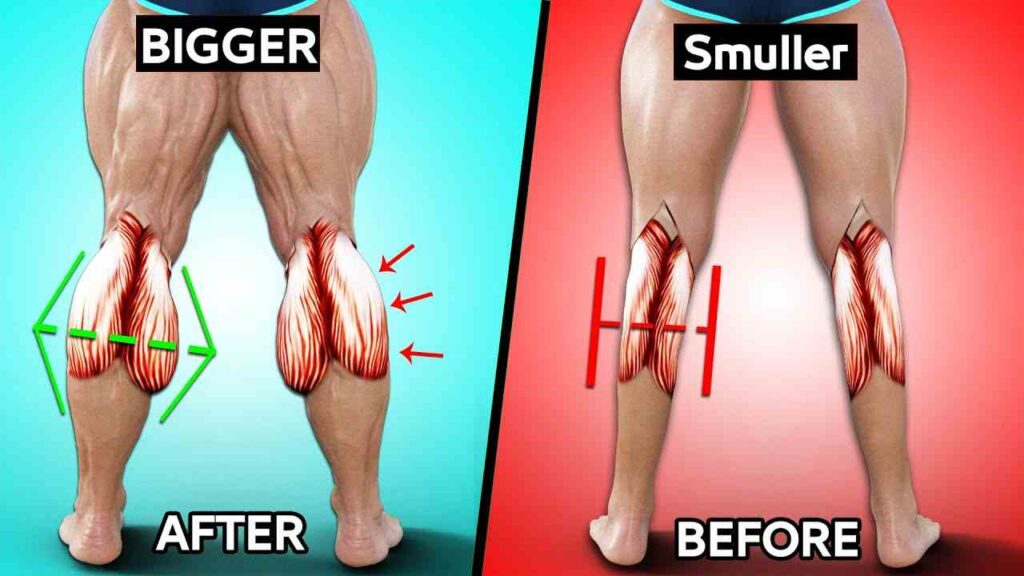The glute ham raise (GHR) stands as a stalwart exercise in the realm of strength and conditioning, revered for its ability to target the posterior chain with precision. However, the journey to sculpted glutes and powerful hamstrings isn’t limited to this single movement. Whether due to equipment limitations, varying fitness goals, or simply seeking to infuse routines with refreshing diversity, exploring alternative exercises becomes an enticing pursuit.
SHOP FOR THE ADJUSTABLE DUMBBELL SET ON AMAZON
This article aims to introduce you to a variety of alternative exercises that can provide the same benefits as the Glute Ham Raise, but with more accessibility and flexibility. Whether you’re working out at home, in a gym, or on the go, these alternatives can help you maintain your fitness routine without missing out on the benefits of the Glute Ham Raise.
Introduction to Glute Ham Raise (GHR)
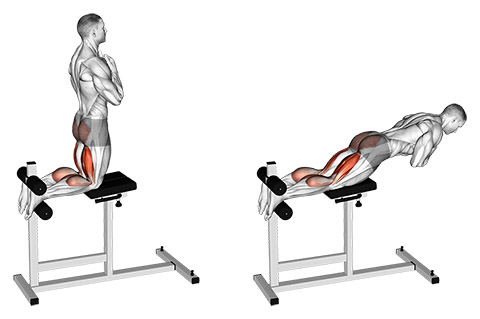
The Glute Ham Raise (GHR) is a dynamic exercise that targets the posterior chain muscles, primarily the hamstrings, glutes, and lower back. Often overlooked in traditional workout routines, the GHR offers a multitude of benefits for athletes, fitness enthusiasts, and anyone seeking to improve lower body strength, stability, and athletic performance.
The exercise involves a unique movement pattern that combines hip extension and knee flexion, challenging muscles through a full range of motion. While it’s commonly associated with hamstring development, the GHR also engages the gluteal muscles, erector spinae, and even the calves to a certain extent, making it a highly effective compound movement for overall lower body strength and stability.
Beyond its muscle-building benefits, the Glute Ham Raise is revered for its ability to enhance athletic performance, particularly in activities requiring explosive power, speed, and agility. By strengthening the posterior chain and improving hip extension, the GHR can contribute to greater running speed, jumping ability, and overall athletic prowess.
SHOP FOR THE RESISTANCE BAND ON AMAZON
In addition to its functional benefits, the Glute Ham Raise can also be a valuable tool for injury prevention and rehabilitation. Strengthening the hamstrings and lower back can help correct muscular imbalances, reduce the risk of common injuries such as hamstring strains, and improve overall posture and spinal health.
Challenges with Glute Ham Raise
The Glute Ham Raise is a highly effective exercise for strengthening the posterior chain, but it does come with its own set of challenges:
Effects of Skipping Hamstring Exercises
- Equipment Requirement: The Glute Ham Raise is typically performed on a specific piece of equipment known as a glute-ham bench. This can pose a challenge for those who do not have access to this equipment.
- Difficulty Level: The Glute Ham Raise is a challenging exercise, even for seasoned weightlifters. It requires a significant amount of strength in the hamstrings and glutes.
- Form Issues: Since the Glute Ham Raise is novel to most people, it’s quite possible to result in form issues at first. For example, if you notice your calves cramping up, it’s an indication that you’re setting up with your upper body too much in front of the pad.
- Core/Pelvis Stability Issue: If you’re getting a lower back pump then odds are, you’re dealing with a core/pelvis stability issue. If you find that you struggle with keeping a neutral spine then you can regress to something such as valslide leg curls or eccentric only GHRs.
- Bending at the Hips: Many lifters often bend their waist forward as they raise their body from a horizontal position. This likely occurs due to a lack of strength in the hamstrings, as bending moves tension away from the hamstrings.
SHOP FOR THE STABILITY BALL ON AMAZON
Despite these challenges, the Glute Ham Raise is still a highly beneficial exercise. However, understanding these challenges can help individuals modify the exercise or find suitable alternatives to achieve similar benefits.
Glute Ham Raise Alternatives
When discussing alternative exercises to the glute ham raise, it’s important to cover a variety of movements that target similar muscle groups while offering different challenges and variations. Here’s a list of alternative exercises to consider:
Romanian Deadlifts (RDL)
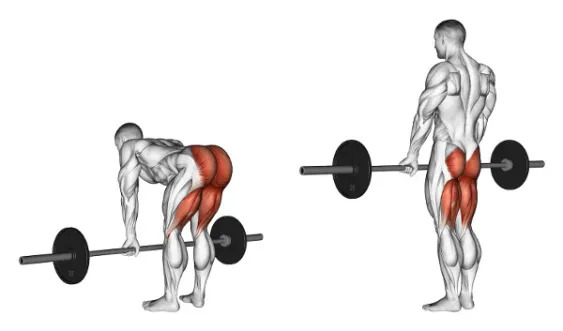
- How to do it: Stand with feet hip-width apart, holding a barbell or dumbbell in front of your thighs. Keeping your back straight, hinge at the hips and lower the weights towards the ground, pushing your hips back until you feel a stretch in your hamstrings. Return to the starting position by squeezing your glutes.
- Targeted muscles: Hamstrings, glutes, lower back.
- Sets & Reps: Start with 3 sets of 8-12 reps.
Hip Thrusts
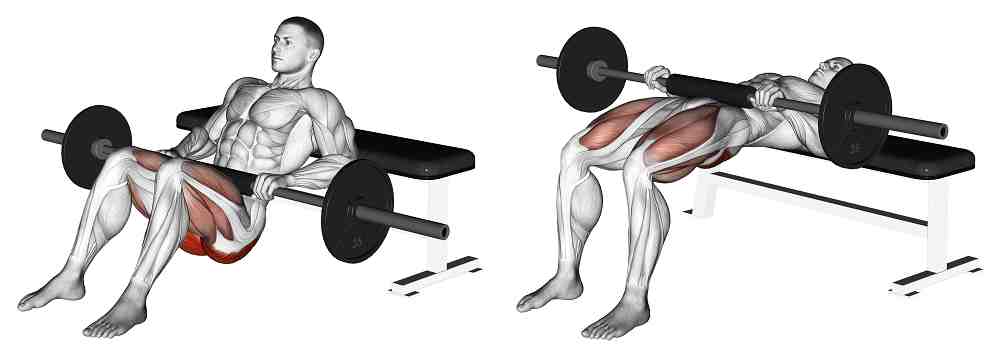
- How to do it: Sit on the ground with your upper back against a bench, knees bent, and feet flat on the floor. Place a barbell or weight across your hips. Drive through your heels, lifting your hips towards the ceiling until your body forms a straight line from shoulders to knees.
- Targeted muscles: Glutes, hamstrings.
- Sets & Reps: Aim for 3 sets of 10-15 reps.
Nordic Hamstring Curls
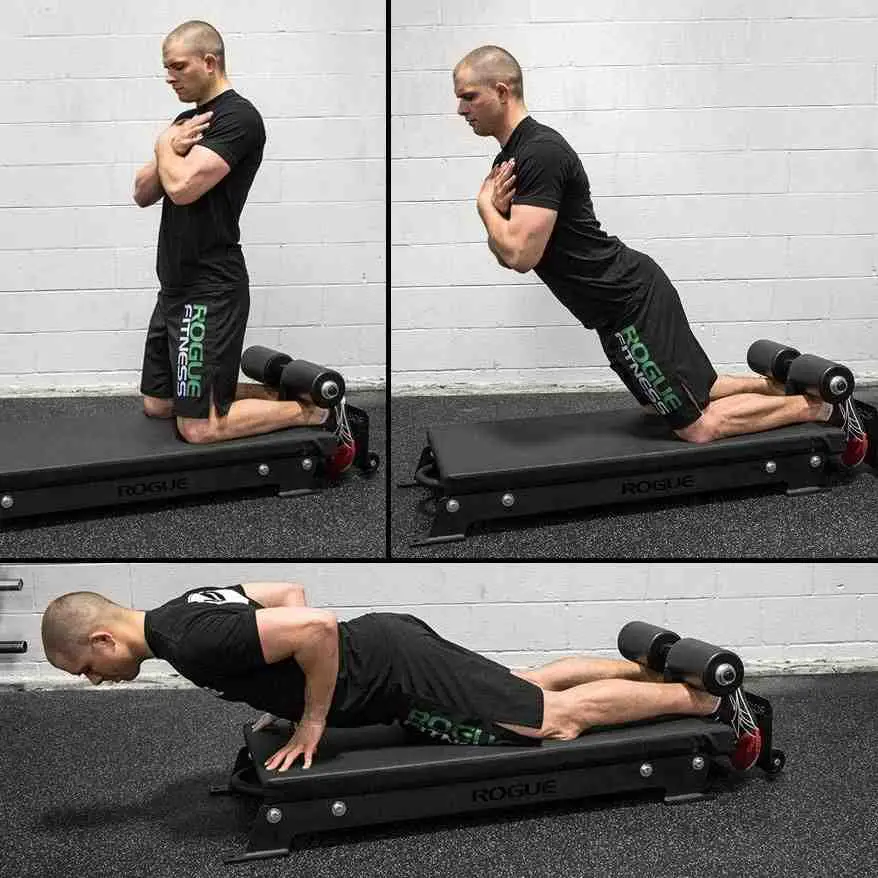
- How to do it: Kneel on a mat with your partner holding your ankles or anchor your feet under a sturdy object. Slowly lower your body towards the ground, controlling the movement with your hamstrings, then push yourself back up to the starting position.
- Targeted muscles: Hamstrings, glutes.
- Sets & Reps: Start with 3 sets of 6-10 reps.
Single-Leg Romanian Deadlifts
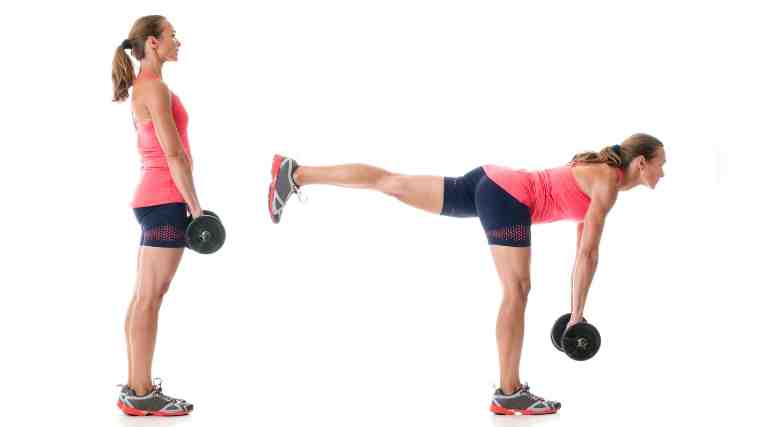
- How to do it: Hold a dumbbell in one hand and stand on the opposite leg. Hinge at the hips, lowering the weight towards the ground while extending your free leg behind you for balance. Return to the starting position.
- Targeted muscles: Hamstrings, glutes, lower back.
- Sets & Reps: Perform 3 sets of 8-12 reps per leg.
Back Extensions
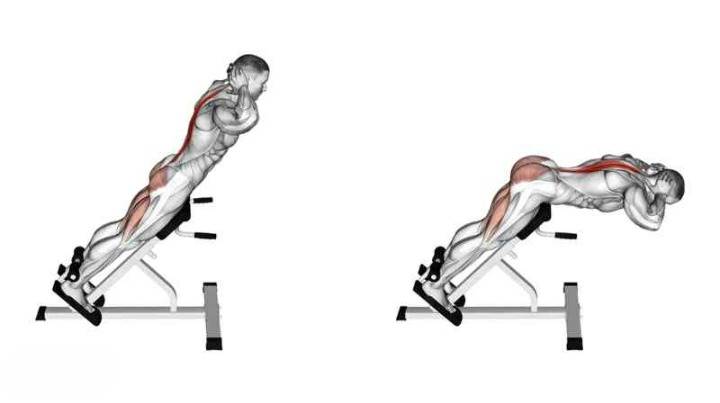
- How to do it: Lie face down on a hyperextension bench with your hips at the edge and your feet hooked under the footpads. Cross your arms over your chest. Lift your torso until it’s in line with your legs, then lower back down.
- Targeted muscles: Lower back, glutes, hamstrings.
- Sets & Reps: Do 3 sets of 10-15 reps.
Stability Ball Hamstring Curls
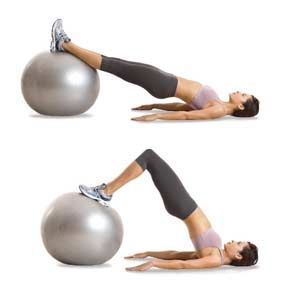
Should You Do Calf Raises Every Day?
- How to do it: Lie on your back with your feet on top of a stability ball. Lift your hips off the ground, then bend your knees to roll the ball towards you, contracting your hamstrings. Extend your legs back out to the starting position.
- Targeted muscles: Hamstrings, glutes.
- Sets & Reps: Aim for 3 sets of 12-15 reps.
Russian Leg Curls
- How to do it: Kneel on a mat with your partner holding your ankles. Lower your body towards the ground, keeping your torso straight, until you can no longer control the movement, then catch yourself with your hands and push back up.
- Targeted muscles: Hamstrings, glutes.
- Sets & Reps: Perform 3 sets of 6-10 reps.
Good Mornings
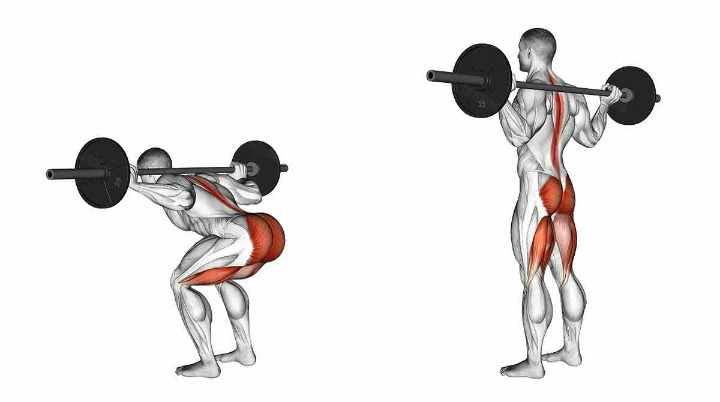
- How to do it: Stand with feet shoulder-width apart, holding a barbell across your upper back. Keeping your back straight, hinge at the hips and lower your torso towards the ground, then return to the starting position.
- Targeted muscles: Lower back, hamstrings, glutes.
- Sets & Reps: Start with 3 sets of 8-12 reps.
Bulgarian Split Squats
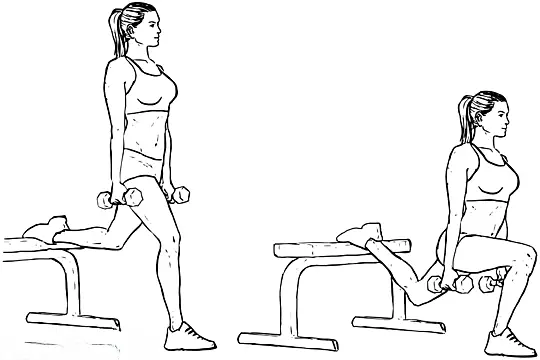
- How to do it: Stand a few feet in front of a bench, with one foot elevated behind you. Lower your body until your front thigh is parallel to the ground, then push through your front heel to return to the starting position.
- Targeted muscles: Quadriceps, glutes, hamstrings.
- Sets & Reps: Aim for 3 sets of 10-12 reps per leg.
Step-Ups
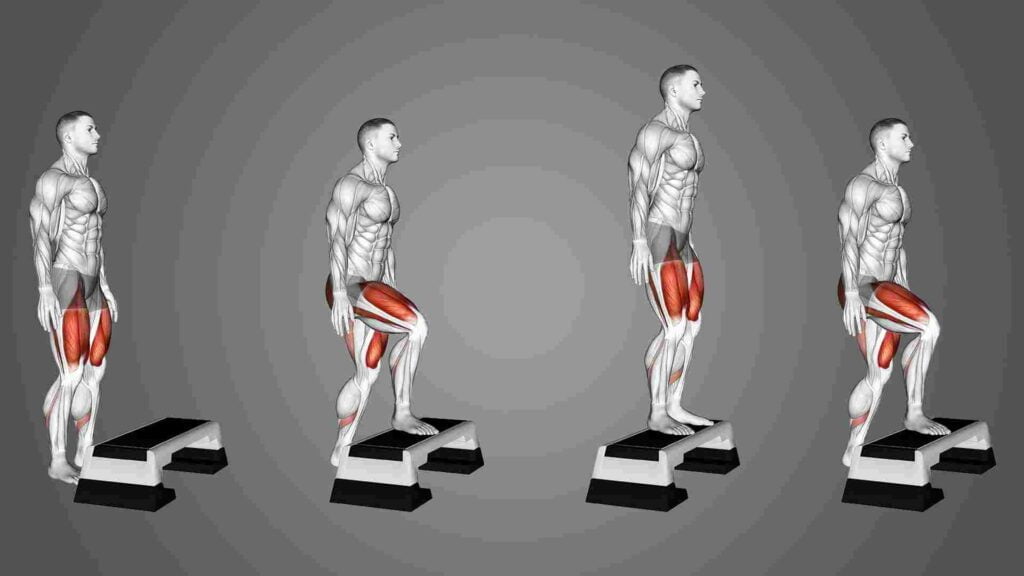
- How to do it: Stand in front of a sturdy bench or platform. Step onto the bench with one foot, driving through your heel to lift your body up. Step back down and repeat on the other side.
- Targeted muscles: Quadriceps, glutes, hamstrings.
- Sets & Reps: Perform 3 sets of 10-12 reps per leg.
Sumo Deadlifts
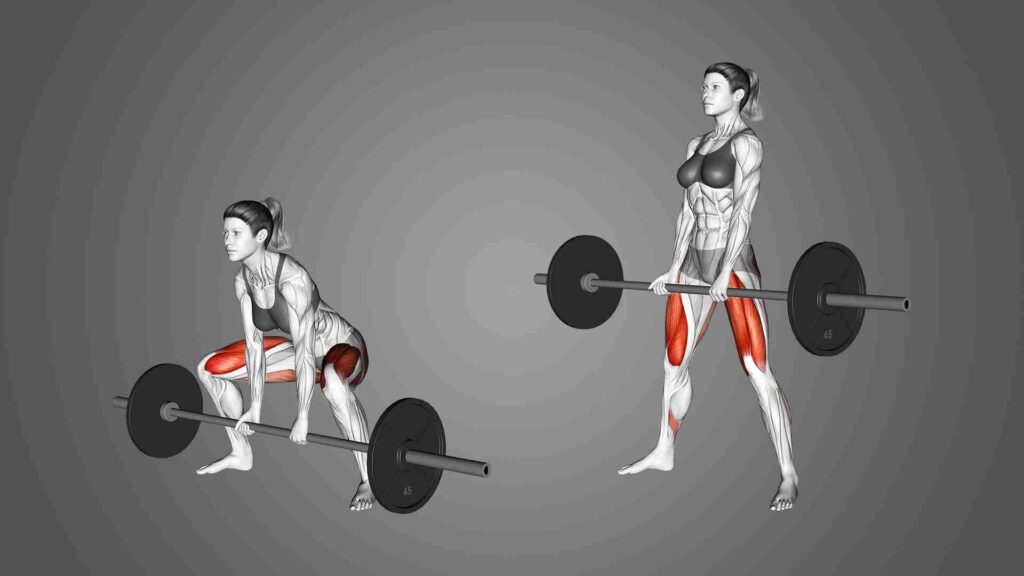
- How to do it: Stand with feet wider than shoulder-width apart, toes pointed out, holding a barbell in front of thighs. Keeping your chest up and back straight, hinge at the hips and bend your knees to lower the weight towards the ground, then return to the starting position.
- Targeted muscles: Hamstrings, glutes, quadriceps, lower back.
- Sets & Reps: Start with 3 sets of 8-12 reps.
Kettlebell Swings

- How to do it: Stand with feet shoulder-width apart, holding a kettlebell with both hands in front of you. Hinge at the hips and swing the kettlebell between your legs, then explosively drive your hips forward, swinging the kettlebell to shoulder height.
- Targeted muscles: Glutes, hamstrings, lower back.
- Sets & Reps: Aim for 3 sets of 15-20 reps.
SHOP FOR THE EXERCISE MAT ON AMAZON
Incorporating these alternative exercises into your routine can help you target your glutes and hamstrings effectively while providing variety and reducing the risk of overuse injuries. Start with a weight or difficulty level that challenges you but allows you to maintain proper form, and gradually increase the intensity as you progress.
FAQs
Q 1. How can I build strong hamstrings without a Glute Ham Raise machine?
Ans. There are several ways to perform the glute-ham raise or similar exercises without the use of a machine. You can perform a glute-ham raise with a partner assist, using a Kaiji glute-ham strap, using a Barbell Strap, using a lat pulldown seat, or using a barbell by a power rack. Other alternatives include hip thrusts, Nordic hamstring curls, kettlebell swings, Romanian deadlifts, stability ball leg curls, good mornings, reverse hyperextension, glute bridge walkouts, and reverse hack squats.
Q 2. How often should I perform Glute Ham Raise alternative exercises?
Ans. To integrate these exercises within your training program, try performing 3-4 sets of 8-12 repetitions. You can adjust the frequency based on your fitness level and goals.
Q 3. What are the common mistakes to avoid when performing Glute Ham Raise alternative exercises?
Ans. Common mistakes to avoid when performing these exercises include using momentum, incomplete range of motion, arching the lower back, not engaging glutes, and descending too quickly.
Q 4. Are Glute Ham Raise alternative exercises suitable for beginners?
Ans. Yes, many Glute Ham Raise alternative exercises are suitable for beginners. However, it’s important to start with lighter weights or bodyweight exercises and gradually increase the intensity as your strength and technique improve.
Q 5. How can I progress or increase the difficulty of Glute Ham Raise alternative exercises?
Ans. You can progress these exercises by increasing the weight, adding resistance with bands, or increasing the number of repetitions or sets. You can also try more challenging variations of the exercises.
Q 6. Can I perform Glute Ham Raise alternative exercises at home?
Ans. Yes, many Glute Ham Raise alternative exercises can be performed at home. Some exercises may require minimal equipment like resistance bands, a stability ball, or dumbbells.
Q 7. What equipment will I need for Glute Ham Raise alternative exercises?
Ans. The equipment you’ll need depends on the specific exercise. Some exercises can be performed with just your body weight, while others may require a barbell, dumbbells, resistance bands, a stability ball, or a high box.
Conclusion
In conclusion, while the Glute Ham Raise is a highly effective exercise for strengthening the posterior chain, it’s not always accessible or feasible for everyone. However, this doesn’t mean you have to miss out on the benefits it offers. The 12 alternative exercises discussed in this article provide similar benefits and can be performed with more flexibility and less equipment.
Remember, the key to any successful fitness routine is consistency and proper form. So, whether you’re performing the Glute Ham Raise or its alternatives, make sure to maintain correct form and stay consistent.

Good day, and welcome to Fitthour. My name is Shubham Vijay, and I am a certified personal trainer and nutrition coach with 6 years of experience in the fitness industry. At Fitthour, we specialize in types of training, such as strength training, cardio, or HIIT, and our mission is to help clients achieve their fitness goals and improve their overall health.

